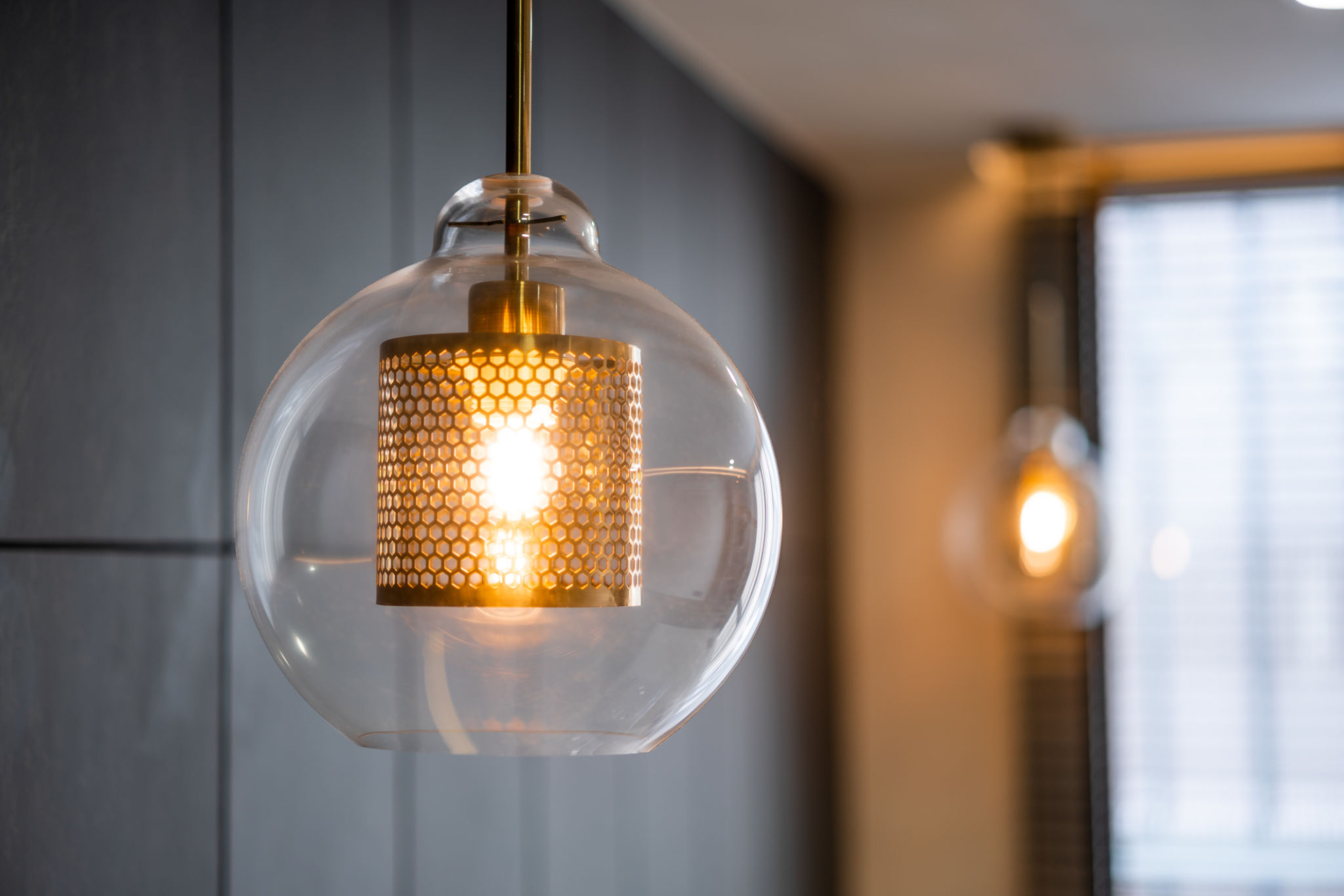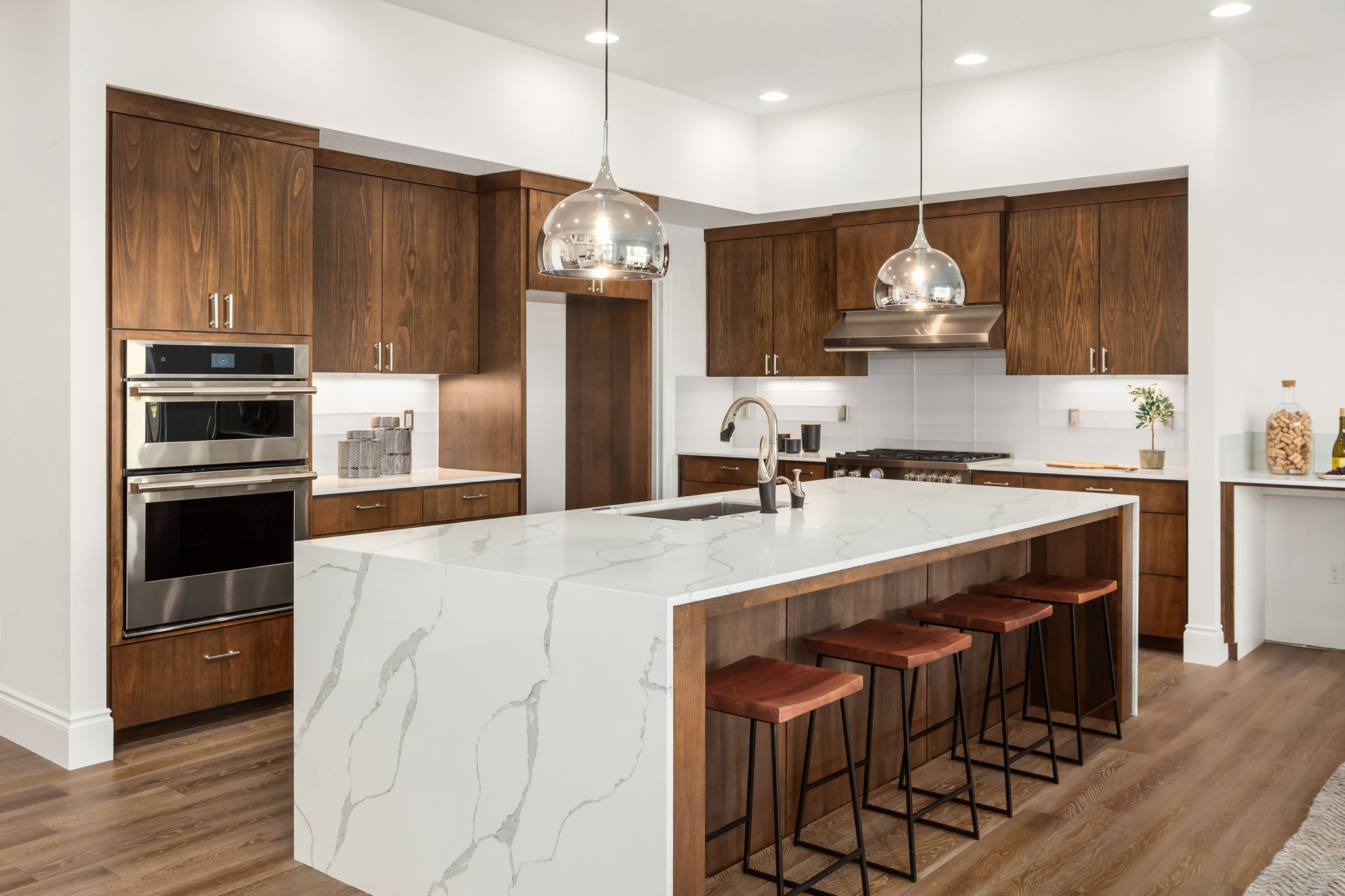Enhancing Property Value: How Interior Design Can Make a Difference
The Role of Interior Design in Property Value
When it comes to increasing the value of a property, many homeowners focus on aspects such as location, square footage, and curb appeal. However, interior design is an often overlooked yet crucial factor that can significantly enhance a property's worth. Thoughtful design choices not only make a home more aesthetically pleasing but can also improve functionality and efficiency.
Good interior design can transform a space into a haven of comfort and style. By strategically using colors, textures, and layouts, homeowners can create environments that appeal to potential buyers, thereby increasing the property's market value. Even minor updates can yield substantial returns on investment, making interior design a key component in property valuation.

Maximizing Space Through Design
One of the primary objectives of interior design is to optimize the use of available space. Clever design techniques can make even the smallest rooms feel spacious and inviting. For instance, using mirrors can create an illusion of depth, while multi-functional furniture can provide solutions for storage and seating without cluttering the room.
An open floor plan is another popular design choice that enhances the perception of space. By removing non-essential walls, homeowners can create a fluid transition between different areas of the house, making it more attractive to buyers who value openness and flexibility in a home.
The Importance of Lighting
Lighting plays a pivotal role in interior design, impacting both the ambience and functionality of a room. Proper lighting can highlight architectural features, create warmth, and even affect the mood of those within the space. Natural light is particularly desirable, and incorporating large windows or skylights can significantly boost a home's appeal.
For artificial lighting, a combination of ambient, task, and accent lighting can be used to achieve a balanced and inviting atmosphere. Smart lighting solutions, which allow for customizable settings, are also gaining popularity among tech-savvy buyers.

Incorporating Contemporary Design Trends
Staying up-to-date with the latest design trends can also add value to a property. While classic designs have timeless appeal, integrating contemporary elements such as sustainable materials or minimalist aesthetics can attract modern buyers. Features like energy-efficient appliances and eco-friendly materials not only enhance visual appeal but also offer long-term cost benefits.
Another trend gaining traction is the use of bold colors and patterns to create focal points within a room. Whether it's an accent wall or a statement piece of furniture, these elements can make a property stand out in the competitive real estate market.

The Impact on Lifestyle and Functionality
Interior design isn't just about aesthetics; it's also about enhancing the lifestyle and functionality of a home. A well-designed kitchen, for example, can make cooking more enjoyable and efficient, while a thoughtfully arranged living room can facilitate better social interactions. These improvements not only make daily life more pleasant but also add significant value to a home.
By considering how each space will be used and focusing on improving the overall flow of the house, interior design offers practical benefits that resonate with potential buyers, ultimately boosting property value.
The Bottom Line
In conclusion, interior design is an essential factor in enhancing property value. By investing in thoughtful design choices that maximize space, improve lighting, incorporate contemporary trends, and boost functionality, homeowners can significantly increase their property's appeal and market worth. As the demand for well-designed homes continues to grow, focusing on interior design becomes an invaluable strategy for anyone looking to enhance their property's value.
